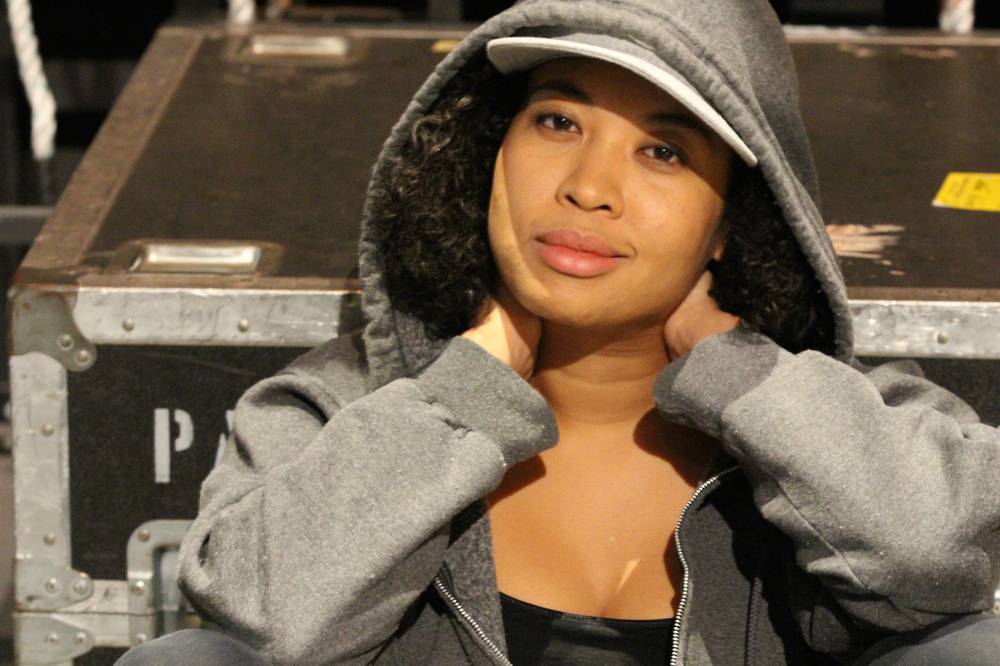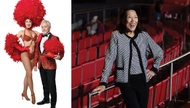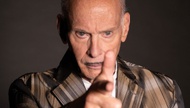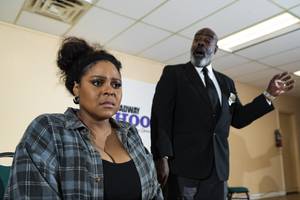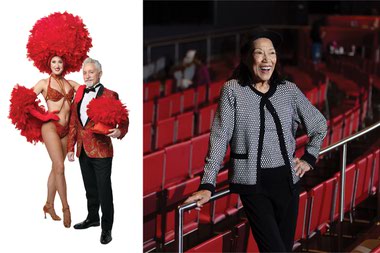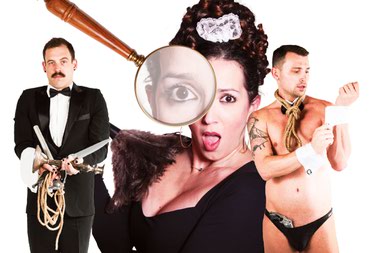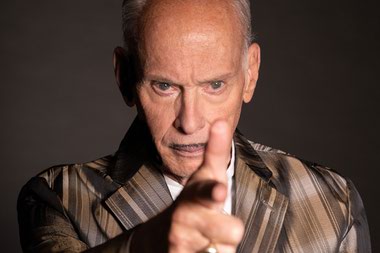
Twilight: Los Angeles, 1992 October 7, UNLV’s Alta Ham Fine Arts.
Since its 1994 debut, Twilight: Los Angeles, 1992 has become a lodestone for a type of exploratory, socially conscious theater. Anna Deavere Smith wrote the piece after interviewing hundreds of people about the riots after the Rodney King verdict in LA in 1992, and then performed excerpts of those interviews verbatim, mimicking the subjects’ cadences and mannerisms. The play tackles the institutional racism and tensions that led up to the riots, along with their aftermath. Sensing parallels between the climate then and current events, Chris Edwards, artistic director of Nevada Conservatory Theatre, and actress Maythinee Washington presented a workshop production of Twilight last weekend.
In the years since the play has debuted, the details of the Rodney King riots have receded. Context that once would have informed viewers’ reactions has melted, allowing characters to be themselves, unencumbered by the weight of social judgment. And by doing so, it also lets some underlying themes of the show come out. Time might have washed away details, but it brings the anguish and grief at the heart of the play into sharper relief. This show doesn’t presume to tell the story of the ’92 riots in a narrative of cause and effect any more than a jazz song could—but what it does do is capture the grief, confusion, and anger around them, swirling it into a powerful fugue of emotion.
It’s helped along by Washington’s bravura performance. Characters fly by so quickly in the play, all you can do as an audience member is hang on. But Washington flows between them effortlessly, capturing a person in a posture, in their patter, creating a distinct presence for them all. The characters (and play) are not without a sense of the playful and theatrical either. One section of the show deals with juror deliberations at the federal trial, showcasing the inter-personal rancor and sniping as the stress of the trial took its toll. As the juror recounts the tale, she includes quotes from other jurors and what they’re going through, too—allowing Washington to practically turn the deliberations into a one-woman Marx Brothers routine.
Brady Villamor’s lighting was simple but evocative, and Andrew Killion’s projections supported but didn’t take away from Washington’s performance. Under Edwards' direction the whole production achieved a precise and evocative tone.
Washington and Edwards staged this as a workshop performance with the intent of revising it more, and giving it a longer life as a show to take to schools to spur conversation about race, discrimination and community. It definitely deserves to be seen more, whether that’s in classrooms or back onstage.
